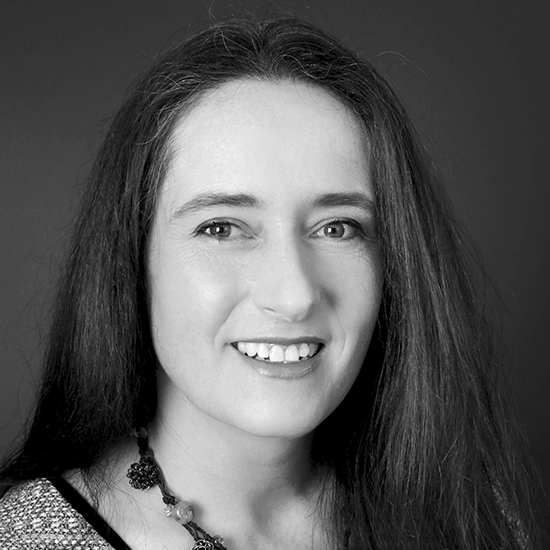Designing couture with royal credentials
After working as assistant designer to Princess Diana’s wedding dress designer, Elizabeth Emmanuel, Raishma launched her own brand in 1998. The London-based designer gained prominence in the industry through her unique design aesthetic. Since then, Raishma has dressed celebrities and royalty including Princess Eugenie and Princess Beatrice.
A fresh brand for existing customers
As her exclusive designs were filling a gap in the market, Raishma built up a loyal customer base over 15 years. With her designs gaining popular demand, Raishma understood the potential of a mass-market range for the high street.
Her expertise and experience as a couturier gave her a point of difference. With her meticulous eye for detail, true craftsmanship and high-quality materials, Raishma created a more accessible ready-to-wear range.
Searching for a business mentor
By the end of 2013 Raishma knew she had the market, the skills and the drive to create a new ready-to-wear label. But as a designer, she had little experience or expertise in the highly competitive world of mainstream retail and wholesale.
As fate would have it, Jenson Solutions and Jenson Funding Partners, strategic and operational advisors to the Jenson SEIS Fund, were on the lookout for small start-ups that would qualify for Seed Enterprise Investment Scheme (SEIS) funding.
“It was the first year of Jenson’s SEIS fund, it had already invested in a number of tech companies, but was on the lookout to have a broad-reaching portfolio,” says Lynn Woodward, non-executive director.
A controlling stake is key
Raishma was clear from the start that retaining a controlling stake in her new company was a top priority, so all fundraising has been done with this in mind.
The SEIS investment allowed the company to build its first e-commerce platform, develop its strategy, and manufacture stock. Raishma’s first ever website went live in 2014. Then a further funding round in 2016 helped the business expand into retail via concessions and wholesale and open a central London store.
From retail to wholesale
The business grew its customer base online and established concessions with big-name retailers such as John Lewis and House of Fraser in 2016. “It was a brilliant way to build exposure to the brand,” says Raishma.
But concessions on their own, cautions Woodward, do not offer the best strategy for the business. Concessions charge a “hefty margin” and tie a lot of cash up in stock, she says.
Wholesale, on the other hand, had the potential to be much more lucrative. A turning point, says Woodward, was signing a wholesale deal with Debenhams in the Middle East.
Right now, if required, the company can fulfil the orders by using a trade finance company that provides the bridging funds to fulfil the order until the client pays.
It’s about finding that perfect partner who can provide capital but also open doors.
Lynn Woodward, Raishma
Open to a new round of funding
Woodward says that this model is working for the current £1m turnover. However, Raishma “definitely wants to further increase online sales and grow the UK and global wholesale business” and this could require another funding round.
The company is looking for potential Enterprise Investment Scheme funding. Woodward says: “It’s about finding that perfect partner who can provide capital but also open doors.”


